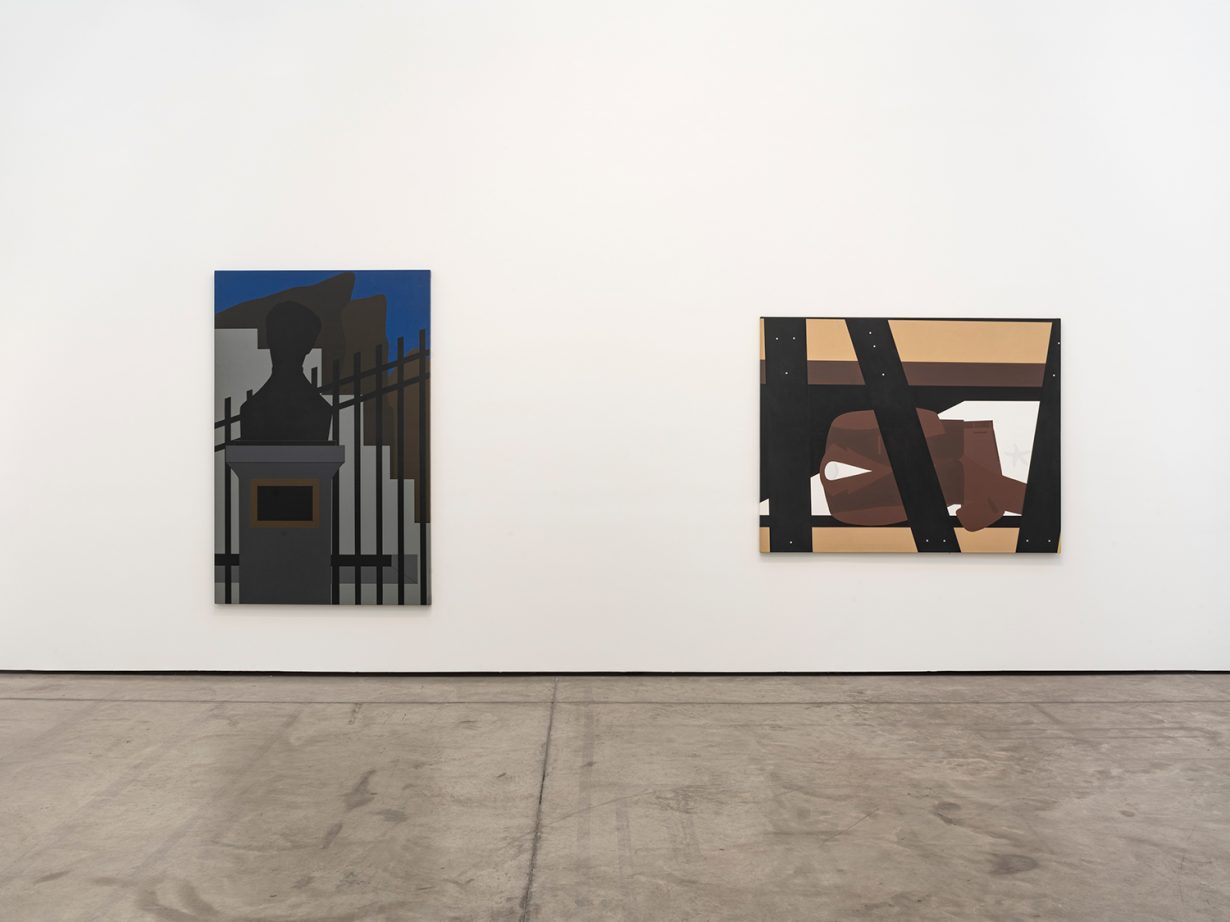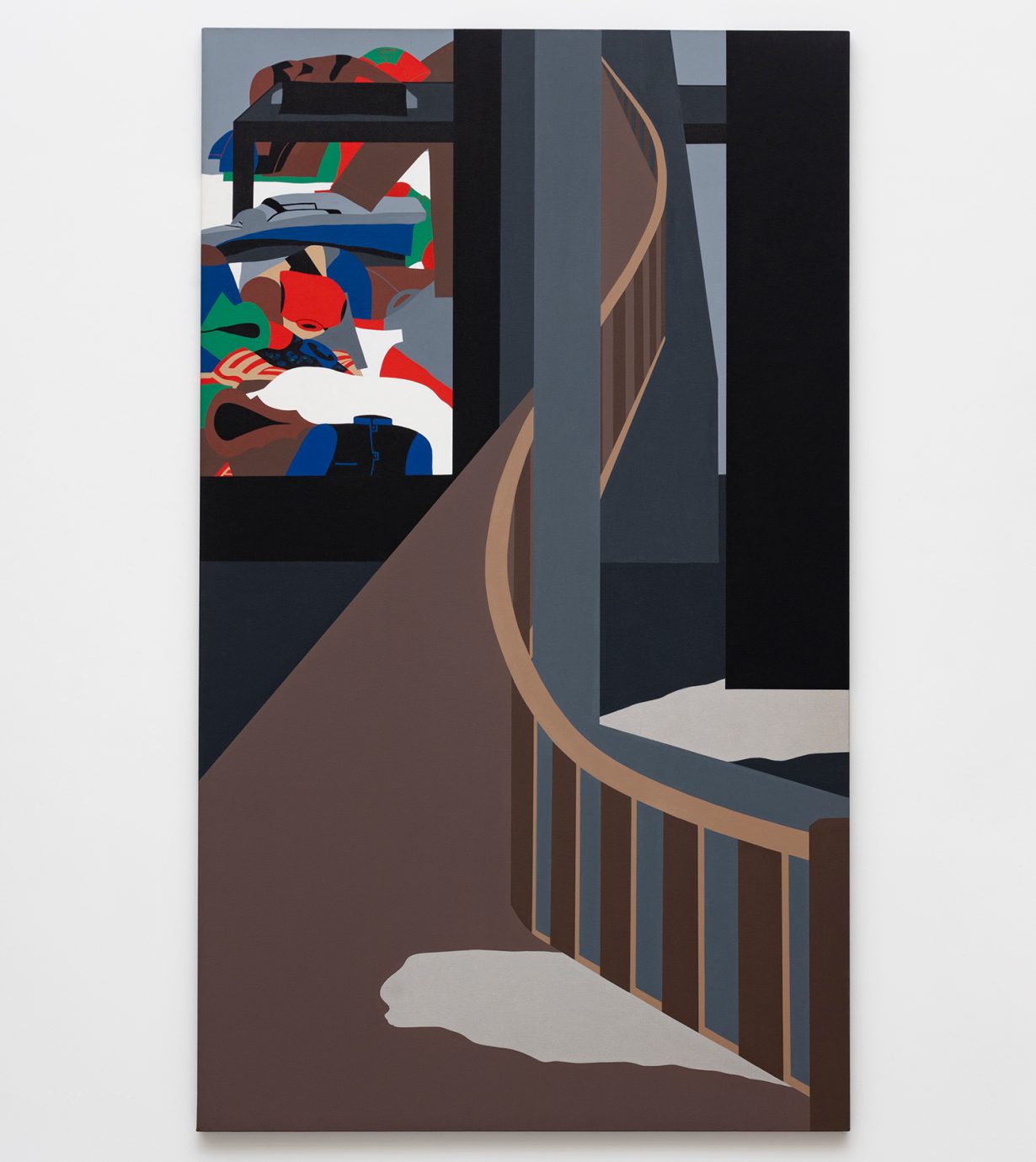Os Anos Noventa – at Sao Paulo’s Fortes D’Aloia & Gabriel – pursues concepts of dominance, domesticity and underlying violence in the enigmatic artist’s work

Heleninha Roitman was driven to drink by a manipulative mother, and for years she was too unwell to exhibit publicly. Nonetheless the beautiful artist, all big hair and sultry looks, continued to paint, channelling her addiction, marriage breakup and estrangement from her son into a series of darkly cinematic canvases. In their flat, graphic composition and brooding style, Roitman’s work reflects her character and the sense of gendered claustrophobia in the domestic scenes she chose to portray. They are also not, strictly speaking, by her own hand. Roitman was a character in an iconic Brazilian telenovela, Vale Tudo (1988–89), and while she herself may have been a fiction, the artworks that appear onscreen weren’t mere props, but were lent directly from the studio of Wanda Pimentel.

The late Pimentel was a student of Ivan Serpa and synthesised his hard-edge geometric abstraction into what became known as New Figuration. While an exhibition at MASP, São Paulo, in 2017 concentrated on her Envolvimento (Involvement, 1968–84) series, in which scenes of domestic life are rendered in a bright lurid palette, the six paintings gathered in Os Anos Noventa (and painted after her soap opera outing) have a much more subdued colour and atmosphere. Pimentel’s rebuttal of the patriarchy and consumerism, however, remains constant. In Roupa (Clothing, 1996), typically painted in acrylic on canvas, with the artist’s sharp lines and invisible brushwork, a gloomy fenced path leads up to a room piled messily with clothes. A play perhaps on the sexist adage that a woman’s work is never done. In Untitled (Monuments series) (1994) a monument is seen in silhouette, the fact that it is a male figure still apparent despite the gloom; in Untitled (vitrine) (1996) a man’s jacket is encased in a glass box, like a mausoleum. Even in death, the works seem to say, men dominate.

An untitled work from 1995 is one of the best of these enigmatic works: a nightmarish close crop of a car grille and lights, seen as if at the point of impact. It is the keenest expression of the violence that underpins much of Pimentel’s work. Roitman was a pastiche of the tortured artist, her traumas personal and melodramatic, yet there’s a reason Pimentel’s work befitted the character. The real artist’s angst was a societal one, in which women were boxed in, encouraged only to play the role of wives or consumers. Her paintings were a means to break from that script.
Wanda Pimentel: Os Anos Noventa is at Fortes D’Aloia & Gabriel, São Paulo, through 11 June